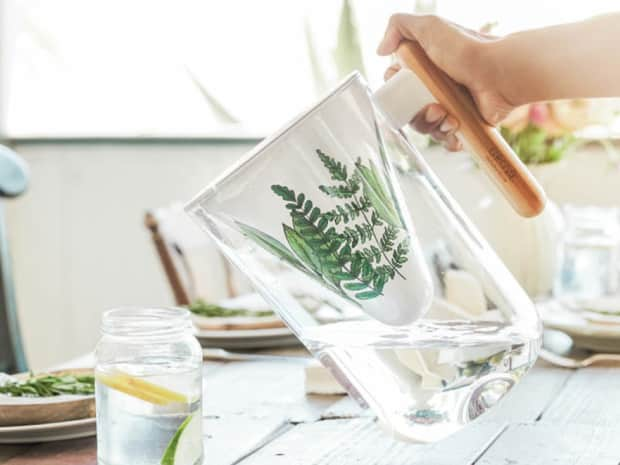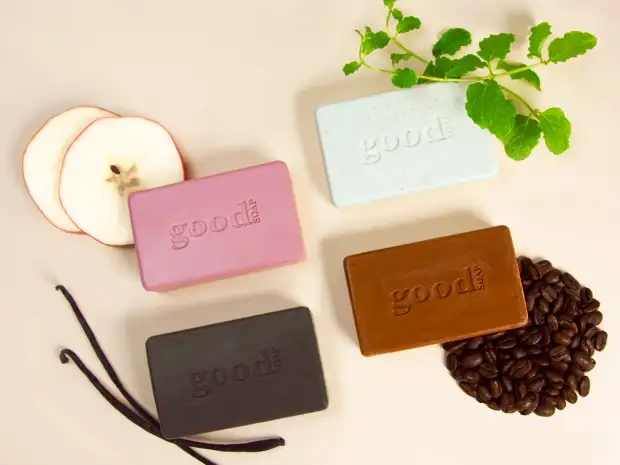
Step 1: Cleanse
The purpose of cleansing your skin is to remove debris, unnecessary oils, and dead skin cells. That doesn't mean you have to whip out the scrubbers though.
Washing gently twice a day with your fingers, a facial cleanser, and lukewarm water is all you need to do.
For super sensitive, dry skin, save your face wash for nighttime only and just rinse with water in the morning. The best facial cleansers for dry skin are oil and cream cleansers that cleanse without stripping the skin of its protective oils.
If washing your face with oil sounds counterintuitive, don't worry—we tried it for you!











